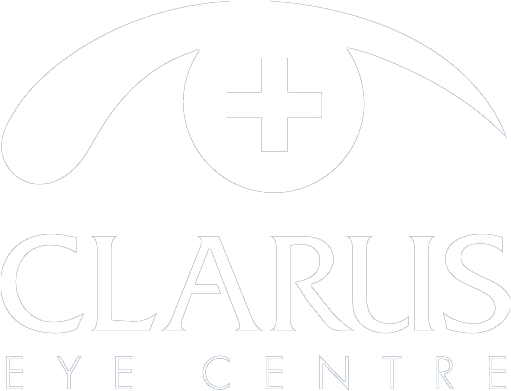Top 10 Tips to Save Your Vision

Thanks to The American Academy of Ophthalmology for this awesome article on how to protect your vision!
Source: Perfect Vision? 20 Tips to Keep It That Way
More than 20 million Americans suffer from severe vision loss. While not all eye diseases can be prevented, there are simple steps that everyone can take to help their eyes remain healthy now and reduce their chances of vision loss in the future.
Here are the top 10 tips from the Academy to safeguard your vision:
1.Wear sunglasses
UV blocking sunglasses delay the development of cataracts, since direct sunlight hastens their formation. Sunglasses prevent retinal damage; they also protect the delicate eyelid skin to prevent both wrinkles and skin cancer around the eye, and both cancerous and non-cancerous growths on the eye. Check for 100 percent UV protection: Make sure your sunglasses block 100 percent of UV-A rays and UV-B rays.
2. Don't smoke
Tobacco smoking is directly linked to many adverse health effects, including Age-related Macular Degeneration (AMD. Studies show that current smokers and ex-smokers are more likely to develop AMD than people who have never smoked. Smokers are also at increased risk of developing cataracts.
3. Eat right
Vitamin deficiency can impair retinal function. The belief that eating carrots improves vision has some truth, but a variety of vegetables, especially leafy green ones, should be an important part of your diet. Researchers have found people on diets with higher levels of vitamins C and E, zinc, lutein, zeaxanthin, omega-3 fatty acids DHA and EPA are less likely to develop early and advanced AMD.
4. Baseline eye exam
Adults with no signs or risk factors for eye disease should get a baseline eye disease screening at age 40— the time when early signs of disease and changes in vision may start to occur. Based on the results of the initial screening, an ophthalmologist will prescribe the necessary intervals for follow-up exams. Anyone with symptoms or a family history of eye disease, diabetes or high blood pressure should see an ophthalmologist to determine how frequently your eyes should be examined.
5. Eye protection
An estimated 2.5 million eye injuries occur in the U.S. each year, so it is critical to wear proper eye protection to prevent eye injuries during sports such as hockey and baseball and home projects such as home repairs, gardening, and cleaning. For most repair projects and activities around the home, standard ANSI-approved protective eyewear will be sufficient. Sports eye protection should meet the specific requirements of that sport; these requirements are usually established and certified by the sport's governing body and/or the American Society for Testing and Materials (ASTM).
6. Know your family history
Many eye diseases cluster in families, so you should know your family's history of eye disease because you may be at increased risk. Age-related eye diseases, including Cataracts, Diabetic Retinopathy, Glaucoma, and Age-related Macular Degeneration are expected to dramatically increase — from 28 million today to 43 million by the year 2020.
7. Early intervention
Most serious eye conditions, such as glaucoma and AMD, are more easily and successfully treated if diagnosed and treated early. Left untreated, these diseases can cause serious vision loss and blindness. Early intervention now will prevent vision loss later.
8. Know your eye care provider
When you go to get your eyes checked, there are a variety of eye care providers you might see. Ophthalmologists, optometrists, and opticians all play an important role in providing eye care services to consumers. However, each has a different level of training and expertise. Make sure you are seeing the right provider for your condition or treatment. Ophthalmologists are specially trained to provide the full spectrum of eye care, from prescribing glasses and contact lenses to complex and delicate eye surgery.
9. Contact lens care
Follow your ophthalmologist's instructions regarding the care and use of contact lenses. Abuse, such as sleeping in contacts that are not approved for overnight wear, using saliva or water as a wetting solution, using expired solutions, and using disposable contact lenses beyond their wear can result in corneal ulcers, severe pain, and even vision loss.
10. Be aware of eye fatigue
If you have eye strain from working at a computer or doing close work, you can follow the 20-20-20 rule: Look up from your work every 20 minutes at an object 20 feet away for twenty seconds. If eye fatigue persists, it can be a sign of several different conditions, such as dry eye, presbyopia, or spectacles with lenses that are not properly centered.
If it's time to see your eye doctor, call us at 360-456-3200 or visit our main page (www.claruseye.com) to request an appointment now! Our Ophthalmologists will help to determine why you are having eye fatigue and to receive proper treatment.
